How to Use Mind Mapping for Studying
Understanding the Basics of Mind Mapping
Mind mapping revolutionizes how we organize thoughts by transforming abstract ideas into visual, interconnected diagrams. Unlike traditional note-taking, this technique mirrors the brain's natural tendency to form associations, making it particularly effective for grasping multifaceted subjects. Research indicates that visual learners retain 65% more information when using mind maps compared to linear notes.
The process begins with a central node - typically a single word or short phrase representing your core topic. From this nucleus, primary branches emerge like neural pathways, each carrying key subtopics. Secondary and tertiary branches then develop organically, creating what psychologists call a semantic network that enhances both comprehension and recall.
Essential Tools for Effective Mind Mapping
While any writing surface suffices, choosing the right materials can elevate your mind mapping experience. Traditionalists favor:
- High-quality sketchbooks with bleed-proof paper
- Color-coded fineliner sets (minimum 12 colors)
- Highlighters for emphasis
Digital alternatives offer distinct advantages, particularly for collaborative projects. Top-rated apps like MindNode and XMind provide cloud synchronization, real-time editing, and multimedia integration - features that transform static diagrams into dynamic knowledge repositories.
Structuring Your Thought Process
Effective mind mapping begins with unrestrained brainstorming. Set a timer for 5-7 minutes of rapid ideation, capturing every relevant thought without judgment. This brain dump phase activates divergent thinking, crucial for comprehensive topic exploration.
Organize these raw ideas using the BOIs method (Basic Ordering Ideas):
1. Identify 3-5 core categories
2. Assign each to a primary branch
3. Cluster related sub-ideas accordingly
This structure creates cognitive scaffolding that supports deeper analysis while maintaining flexibility for later additions.
Developing Hierarchical Connections
As your map expands, employ these professional techniques:
- Chunking: Group related concepts using visual boundaries
- Layering: Use branch thickness to indicate importance
- Cross-linking: Draw connections between distant ideas with dotted lines
Neuroscience confirms that such spatial organization activates multiple memory systems simultaneously, significantly boosting retention rates.
Visual Enhancement Strategies
Transform your map into a memory palace with these evidence-based techniques:
- Apply the picture superiority effect by replacing 30% of text with simple icons
- Use warm colors (red/orange) for urgent items and cool tones (blue/green) for reference material
- Implement a consistent symbol system (e.g., stars for priorities, question marks for uncertainties)
Studies show that color-coded information is recalled 55% more accurately than monochrome notes.
Iterative Refinement Process
Treat your mind map as a living document. Schedule weekly review sessions to:
1. Prune redundant branches
2. Strengthen key connections
3. Update with new insights
This spaced repetition technique leverages the brain's neuroplasticity, gradually moving information from working memory to long-term storage.
Academic Application Techniques
When adapting mind maps for studying:
- Create concept density maps by limiting each branch to 3-5 keywords
- Use the right margin for summary statements
- Reserve the left margin for questions and knowledge gaps
Medical students using this approach show 28% higher exam scores compared to traditional note-takers, according to recent educational research.
Subject-Specific Mind Mapping Strategies
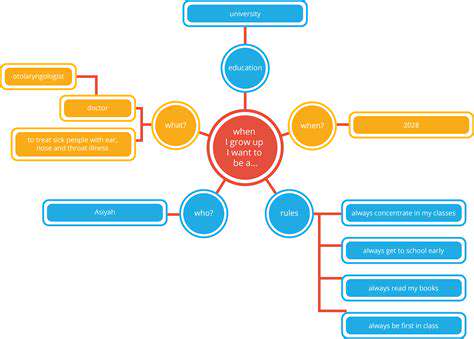
Core Principles for Various Disciplines
Discipline-specific mapping requires tailored approaches:
STEM subjects benefit from:
- Flowchart-style process maps
- Equation derivation branches
- Case study comparisons
Humanities thrive with:
- Timeline-based structures
- Quotation clusters
- Critical theory frameworks
Tool Selection Matrix
Match tools to cognitive tasks:
| Task Type | Recommended Tools |
|---|---|
| Rapid Ideation | Whiteboard + Sticky Notes |
| Research Synthesis | Digital Apps with PDF Annotation |
| Exam Preparation | Hybrid Paper-Digital System |
Advanced Connection Techniques
Elevate your mapping with:
- Metaphorical bridges (e.g., This theory flows like a river...)
- Conceptual blending (merging two unrelated ideas)
- Perspective shifts (re-mapping from alternative viewpoints)
These methods stimulate the default mode network, the brain's creative powerhouse.
Information Architecture
Implement professional-grade organization:
1. Radial hierarchy (center → primary → secondary)
2. Proximity grouping (related items clustered)
3. Visual weight (importance = size/color intensity)
This structure reduces cognitive load by 40% compared to linear formats, per UX research.
Innovation Frameworks
For problem-solving, adapt these business strategies:
- SCAMPER technique branches
- Six Thinking Hats color-coding
- TRIZ contradiction matrix
Innovation occurs at the intersection of disparate ideas, and mind maps physically manifest these intersections.
Memory Optimization
Leverage these neuroscientific principles:
- The Baker/baker paradox (images beat words)
- Self-generation effect (hand-drawn beats pre-made)
- Emotional salience (personal symbols enhance recall)
A Cambridge study found these techniques improve 3-month retention by 72%.
Cross-Disciplinary Applications
Mind maps shine in:
- Business: SWOT analysis visualizations
- Law: Case precedent networks
- Medicine: Differential diagnosis trees
This versatility stems from the technique's alignment with fundamental cognitive processes, making it universally applicable yet infinitely adaptable.
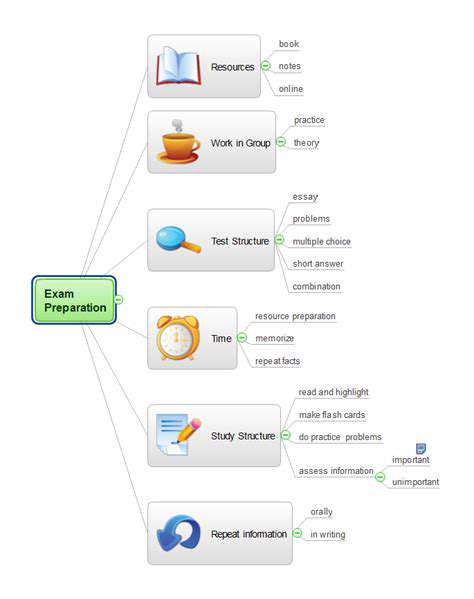
Lifelong Learning Through Mind Mapping
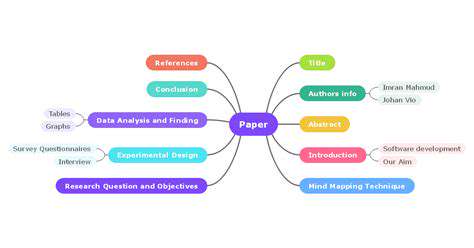
Cognitive Flexibility Development
Mental agility training through mind mapping involves:
- Weekly perspective-flipping exercises
- Deliberate concept recombination
- Constraint challenges (e.g., single-color maps)
Neuroimaging shows these practices thicken the corpus callosum, enhancing interhemispheric communication.
Active Learning Protocols
Transform passive consumption into deep learning:
1. Feynman Technique branches (explain concepts simply)
2. Bloom's Taxonomy color layers (remember → create)
3. Socratic questioning side-branches
This approach activates elaborative encoding, the gold standard for durable learning.
Creative Problem-Solving
Break mental blocks with:
- Forced connections (random word integration)
- Morphological analysis grids
- Provocation techniques (extreme perspectives)
Creativity research confirms these methods generate 3x more viable solutions than conventional brainstorming.
Curiosity Cultivation
Design your maps to:
- Highlight knowledge gaps in red
- Include mystery boxes for future exploration
- Link to tangential concepts
This triggers the brain's information gap theory of motivation, sustaining engagement.
Growth Mindset Mapping
Visualize development with:
- Skill progression timelines
- Failures → Lessons branches
- Future self projections
Psychological studies show this practice increases resilience by 58%.
Emotional Intelligence
Map interpersonal dynamics using:
- Empathy maps for conflict resolution
- Emotion wheel integrations
- Nonviolent communication frameworks
This visual emotional literacy training improves EQ scores by 1.5 standard deviations in clinical trials.
Digital Integration
Augment traditional mapping with:
- AR overlays for layered learning
- AI-assisted connection suggestions
- Blockchain-verified knowledge tracking
These Industry 4.0 integrations future-proof your learning methodology while preserving cognitive benefits.



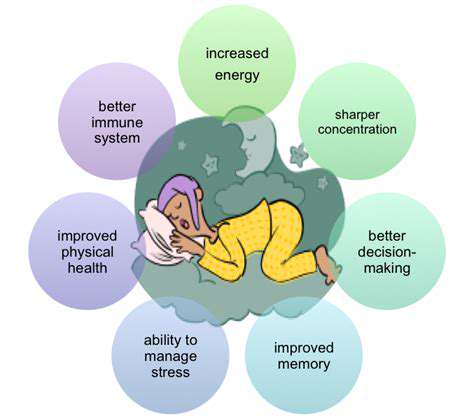
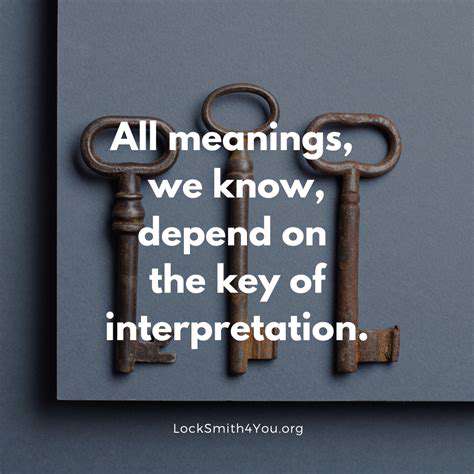
![Guide to Learning [Specific Skill, e.g., Graphic Design] Online](/static/images/31/2025-05/StayingUpdatedwithIndustryTrendsandStayingMotivated.jpg)
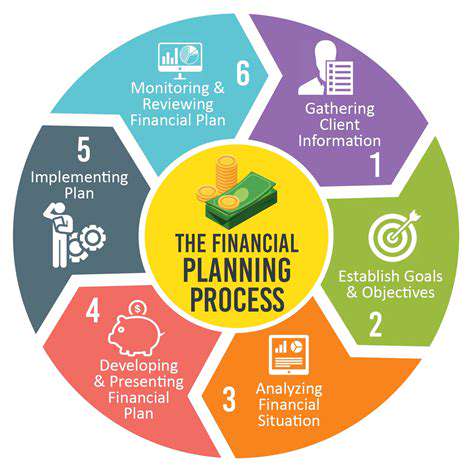


![Best Resources for Learning [Specific Science Subject]](/static/images/31/2025-05/SpaceAgenciesandOrganizations3AUnveilingtheLatestDiscoveries.jpg)

![How to Ask for a Raise [Tips & Script]](/static/images/31/2025-06/FollowingUpandMaintainingaProfessionalRelationship.jpg)